19th-Century Red Earthenware Candle Molds Manufactured In Southeastern Pennsylvania And Western New York
By Justin W. Thomas - March 04, 2022
Candle making, as we know it, began in the 13th century in Europe, although by the turn of the 18th century, itinerant chandlers traveled from town to town making dipped tapers for wealthier townsfolk, while those of lesser means usually dipped their own candles. Multiple wicks would be tied on a stick so that several candles could be dipped in hot wax at a time. Then each stick was hung to cool. This process was repeated until the candles were thick enough to burn. Candles were stored by hanging them from ceiling beams. Hand dipped candles were often used for special occasions and even treated as a commodity, where some general store owners were willing to trade goods, other necessities and even sometimes cash for them. Among the first known documented use of molds for candle making was in 15th century Paris, but molds were not widely used in the United States until the mid-19th century. The most common molds were made from tin (and sometimes pewter); however, some potters also manufactured red earthenware candle molds, where the best-known examples today were produced at the Alvin Wilcox (1801-62) Pottery in West Bloomfield, Ontario County, N.Y. But a nearly identical style of mold was also produced in southeastern Pennsylvania at the Enos Smedley (1805-92) Pottery in Chester County, Pa. The molds from each business are very similar in shape, size, and glazed interior, as well as the same type of wooden frame, square nails, bootjack ends and hanging wires. This style of a group of candle molds set inside a wooden frame was also manufactured with tin molds in America during this period. The Alvin Wilcox Pottery Candle Molds Alvin Wilcox was among a group of red earthenware potters employed in western New York in the 1800s. He established his business in West Bloomfield about 1825, operating it continuously until near 1862, the year he died. The site of the Wilcox Pottery was excavated in the 1970s by archaeologists from the Rochester Museum and Science Center; they unearthed a wide variety of artifacts, ranging from sherds, kiln furniture, wasters and the remains of candle molds, where some were marked and others unmarked. According to the archaeology report, many of the artifacts recovered dated from the mid-19th century period. The glazes from this pottery were often spectacular with a combination of vibrant colors; in fact, some of the bright glaze colors resemble wares made in places like northern New England and Ontario, Canada, but there were also subtle colors produced, anything from mustard to black and brown to a deep red rust color. Prior to 1850, Wilcox is believed to have made bowls, crocks, storage jars, milk pans, beakers, drain tile, jugs, flasks, porringers, roofing tile, lidded storage jars, flowerpots, flowerpot trays, candlesticks, candle molds, and food molds, among other forms. But based on advertising, it appears Wilcoxs business model may have altered as early as the late 1840s and early 1850s to the manufacture of drain pipe, candle molds and other molded wares. The earliest information that I have been able to gather about this type of production is found in an advertisement from Nov. 1, 1849. According to the ad: The subscriber is prepared to furnish horse-shoe Drain Tile of superior make and material. Also, Drain Pipe and Candle Moulds. The tiles are warranted not to slack for one year, which will test their durability. Price of horse-shoe Tile. $15 per thousand, or two shillings per rod. Flats $7.50 per thousand or one shilling per rod. All orders will receive prompt attention. Addres or apply to: Alvin Wilcox, West Bloomfield, New York. The known candle molds made at the Wilcox Pottery range from possibly single sized individual tubes to groups inserted into a wooden frame, including sets of 12, 18 and 24 tubes. Some of the better surviving examples are stamped on each tube A. Wilcox. Interestingly, a single tube that was most likely manufactured at the Wilcox Pottery was recovered in 1972 by New York historian Sheldon Fisher (1907-2002) on property owned by Brigham Young (1801-77) in Mendon, N.Y. Prior to Young becoming a Mormon in 1832, he lived in Mendon working as a carpenter and taking part in other homely tasks. The Wilcox Pottery was located about seven miles to the south of Youngs home. Upon Wilcoxs death in 1862, his probate inventory included, 1 peddlers wagon, $20.00; 1 lot of shop boards (drying boards), $5.00; 1 tile machine with fixtures, $8.00, 1 lot of round 10-inch tiles, $2.00; 20 sets of candle molds (clay tubes, their interiors glazed, set into a wooden frame), $10.00; 1 lot of candle molds (individual clay tubes), $2.00; 1 peddlers box, $1.50; 1 clay mill (pug mill), $10.00, 1 tile press, $2.00; 1 glazing mill, $1.00; 2 clay turning lathes (potters wheels), $4.00; 2 kilns for burning tile and red earthenware, $40.00; and 1 drying frame, $3.00. The Enos Smedley & Company Candle Molds Enos Smedley learned the potters trade from Aaron James (d. ca. 1822), a neighbor in Westtown, Pa., being his last apprentice at a pottery business that descended through the James family, having been established by another Aaron James (1679-1752) in 1728, who migrated from England. This was an important industry in that day, when but little tinware was used, and his master, who died about 1822, left a valuable estate. He had learned the business with one Curtis, near Front and Walnut Streets, Philadelphia, and always used Philadelphia clay. Furthermore, West Chester University published an article written by James Jones in 2011, titled West Chesters First Factory Still Stands, where Jones wrote the following: Although the existence of West Chesters first factory was no secret, its location was something of a mystery and everyone with an interest had assumed that it was demolished in the 19th century. As it turns out, the factory was preserved and remodeled into a row of houses that still stand today. The historic factory was Enos Smedleys pottery. Smedley moved his pottery-making business to the Burough from Downington in 1831, and created a successful business that used clay imported from Philadelphia by wagon and railroad to produce dishes, pots and other utensils that he sold locally. Smedley continued the business until 1852, when he was succeeded by James P. Donnelly, who was one of his employees. Donnelly operated the pottery until 1863. The best-known example of Smedleys production may be a sgraffito red earthenware flowerpot and saucer in the collection of the Philadelphia Museum of Art, which he made in Westtown, inscribed, Mary Ann Seeds, 5th mo. 22n 1826, although Smedley produced a wide variety of household utilitarian wares, apparently including candle molds that are very similar to those manufactured in West Bloomfield. The examples that can be associated with this business today are marked on each tube Smedley & Company. It is unknown if there is any connection between the candle molds manufactured in western New York and those made in Chester County, Pa., but a number of unmarked examples also survive today. These are typically attributed to the Wilcox Pottery, but it should be taken into consideration that the unmarked examples may have actually been made in either western New York or southeastern Pennsylvania in the 1840s and 1850s. Nonetheless, these were produced during a period of intense competition and a lighting revolution in 19th century America, a type of production most-often associated with tin candle molds today. Sources Barber, Daniel M. & George R. Hamell. The Redware Pottery Factory of Alvin Wilcox at Mid-19th Century. Society for Historical Archaeology, 1971, Hamell, George R. Earthenware and Salt-Glazed Stonewares of the Rochester-Genesee-Valley Region: An Overview. Northeast Historical Archaeology, Volume 9 1980. James, Arthur E. From Farmland to Suburbia: Westtown Township A History of Westtown Township, Chester County Pennsylvania. The Chester County Historical Society, 1973. Jones, James. West Chesters First Factory Still Stands. History of West Chester Pennsylvania, West Chester University, 2011.

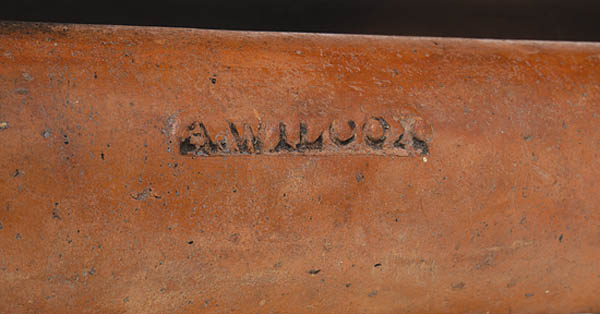
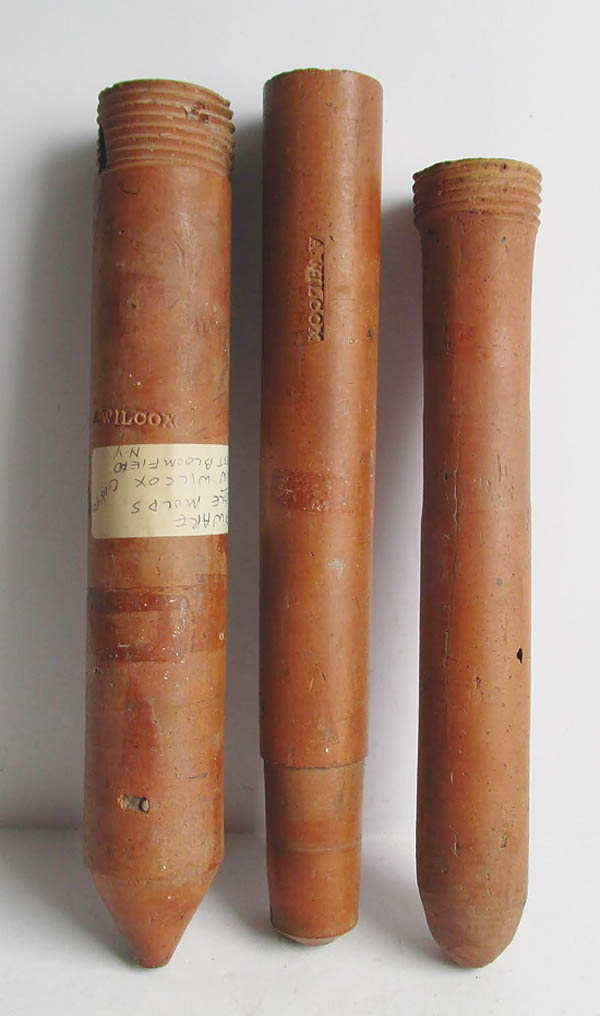
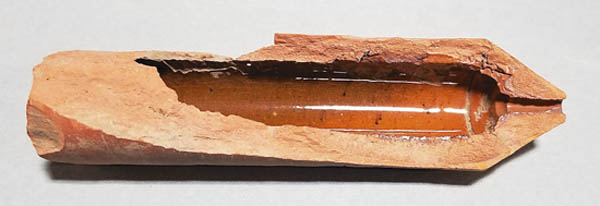
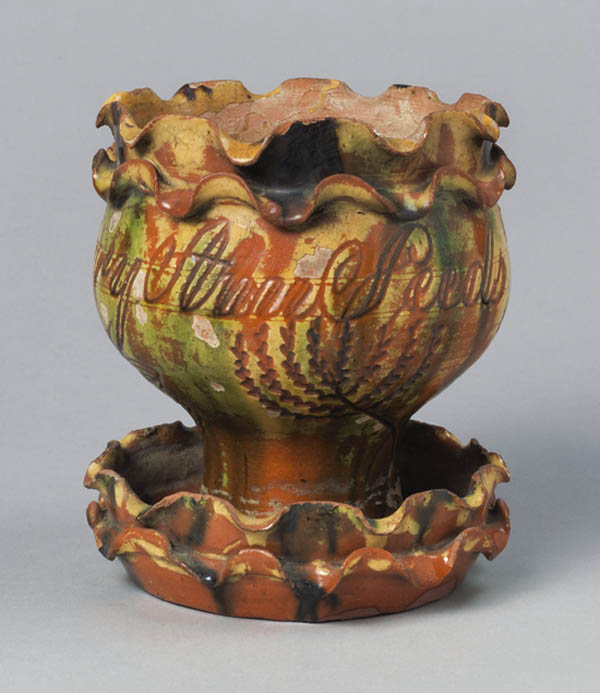
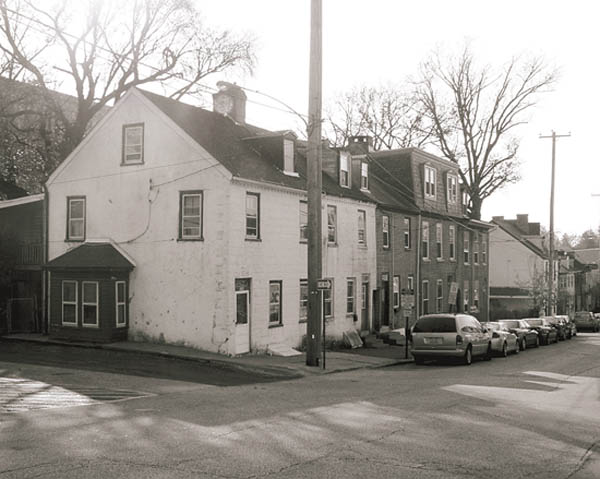

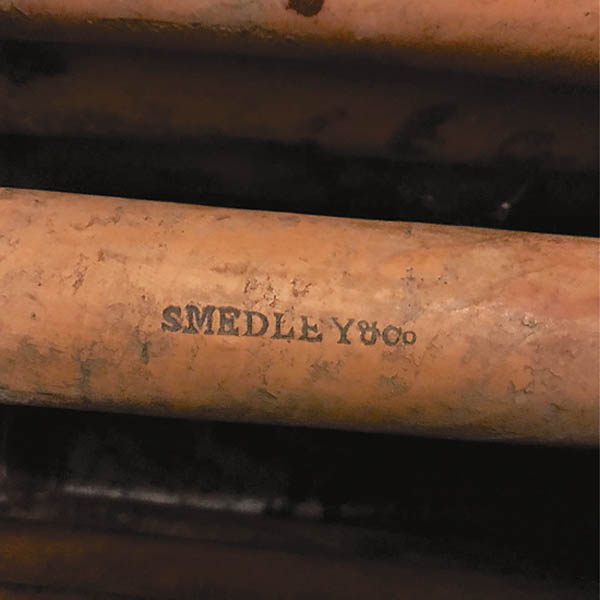


SHARE
PRINT